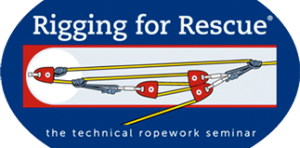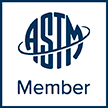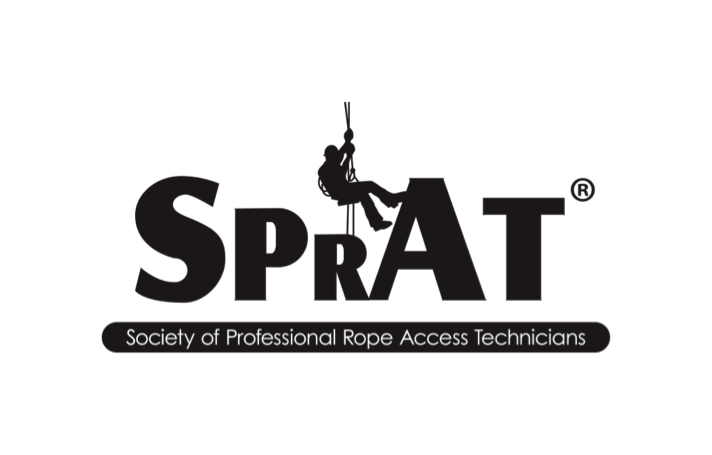RfR in the Summer of Covid-19
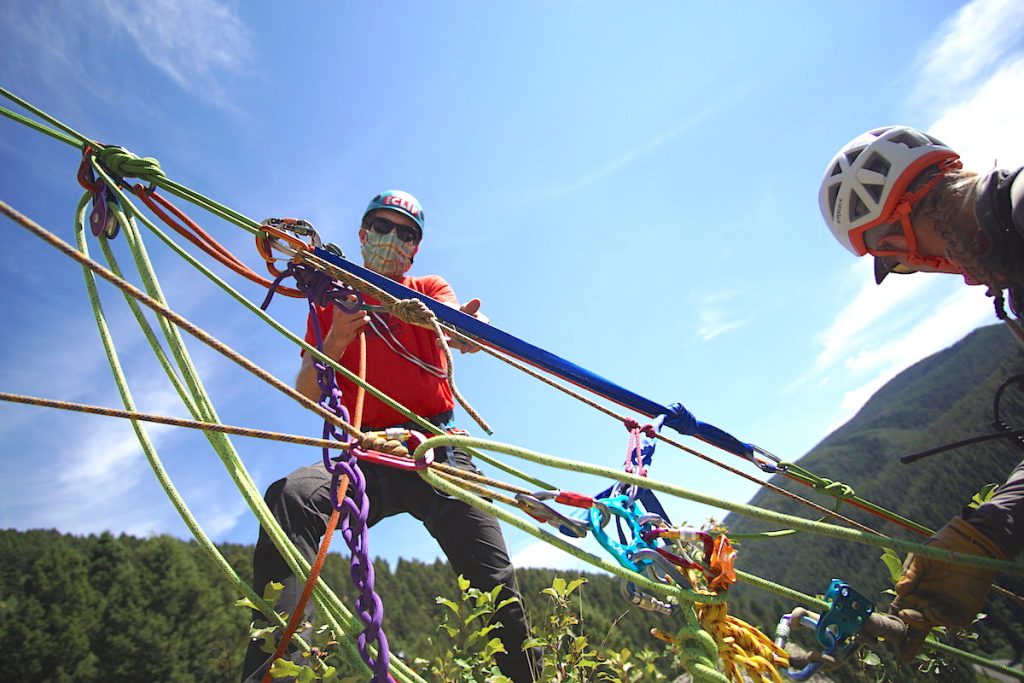
This summer we have been able to deliver our educational training services to a number of agencies, despite the challenging conditions of operating in the age of Covid-19. Most agencies have numerous protocols and/or guidelines in place for allowing their personnel and our instructors to conduct rope rescue training events. We have been utilizing recommended CDC guidelines such as masks on in close proximity of each other and/or working inside, plenty of ventilation and spacing of seating arrangements while inside, temperature checks, readily available personal hygiene tools such as hand sanitizer, and the like. Our recent week with Gallatin County SAR in Bozeman, Montana delivered bluebird weather, great site locations in Hyalite Canyon, and a thorough review of litter attending, pickoffs, as well as a big Guiding Line aerial suspension system. Like numerous other mountain rescue teams that we regularly train, Gallatin SAR has moved towards ATC-based (i.e. slot style climbing DCDs such as Petzl Reverso, Black Diamond ATC, etc.) systems as opposed to traditional brakeracks or Scarabs. These ATC systems are employed in combination with a VT Prusik Max/1 friction hitch in addition to a carabiner re-direct for additional friction. The Main and Belay are rigged identically and they are operated according to the conditions present (i.e. 1-person or 2-person load? Technical edge transition Y/N?). Post edge transition, the systems are run in dual tension for the balance of the lowering and/or raising operation. Mountain rescue teams are frequently populated with personnel coming from a climbing background. The skills required for an ATC-based system are often already present. Everything from rigging to inspections, to operations is streamlined and arguably safer for all involved.
The Great State of Maine

[one_full last=”yes” spacing=”yes” center_content=”yes” hide_on_mobile=”no” background_color=”” background_image=”” background_repeat=”no-repeat” background_position=”left top” hover_type=”none” link=”” border_position=”all” border_size=”0px” border_color=”” border_style=”solid” padding=”” margin_top=”” margin_bottom=”” animation_type=”0″ animation_direction=”down” animation_speed=”0.1″ animation_offset=”” class=”” id=””][youtube id=”2kUZrF7iObs” width=”800″ height=”550″ autoplay=”no” api_params=”” class=””][/youtube][fusion_text]We recently returned from our biennial visit to the spectacular coast of Maine on Mount Desert Island in Acadia National Park. The training event brings together the handful of SAR teams that perform high angle rope rescues in the state. Given the small size of the state, it is not uncommon for the various Maine SAR teams to respond to mutual aid requests on more technical calls. The opportunity to train together every other autumn provides for great discussions on risk management decision-making, systems & devices, as well as agreed upon terminology for command and control. At the time of our previous visit, we identified a unique geological feature on one of the sea cliffs in Acadia. That discovery was filed away and we made plans to utilize it at the next training. We dubbed the feature the Crack of Doom. The approach to the fissure was unremarkable and you would not have suspected there was a narrow 25m slot going right down to the Atlantic. There was even an existing social trail frequented by visitors that passed only 4-5m uphill from where the crack originated, yet offered no indication of its existence. Apparently there was a fatality in recent history whereby a visitor slipped and fell into the slot while approaching too close. It seemed to be a worthwhile ropework objective. We spanned the slot with an artificial high directional device and lowered a participant into place on a 2-rope system to act as the stranded Subject. The ropework puzzle was solved using some confined space techniques such as lowering the rescuer on parallel pulley systems for the eventual pickoff. We secured the Subject on a small jigger system to allow the Attendant the ability to easily adjust their relative position during the raise. Additionally, the vertical stagger of the Attendant and Subject allowed the rescuer to clear the confined space entry hole at the top first and then stop the two-rope raising system; from there, the rescuer raised the Subject through the hole using the jigger system and did not have to rely on commands to move the Subject through what was a very narrow slot. It was a great exercise requiring very precise rope alignment as well as team coordination. It is always a privilege to travel to the great state of Maine for rope rescue trainings and we look forward to the next visit in 2021. [/fusion_text][/one_full][separator style_type=”none” top_margin=”” bottom_margin=”” sep_color=”” border_size=”” icon=”” icon_circle=”” icon_circle_color=”” width=”” alignment=”” class=”” id=””]
Summer wrap-up
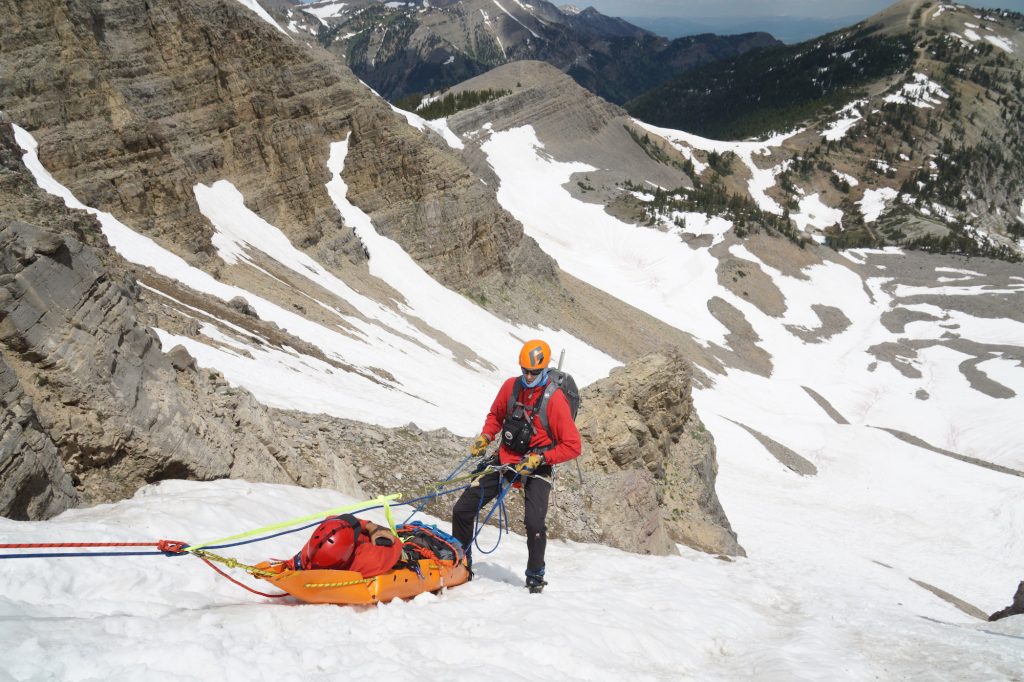
The summer RfR season proved to be a whirlwind. We traveled near and far working with a variety of rescue teams from very different backgrounds and mission profiles. Continued areas of participant interest included: pros and cons of Two Tensioned systems and how/when/why to apply them effectively use of the VT Prusik in rescue systems as both a rope grab and a fall arrest device optimization of the overall team and managing human factors Rigging for Rescue principals Kevin Koprek and Mike Gibbs are slated to present new information to the rescue community on the above topics at the upcoming International Technical Rescue Symposium to be held in Albuquerque, NM in early November. For several years now, we have been conducting drop tests incorporating live device operators. These tests have included a variety of devices, systems, and rope tensioning approaches including the VT Prusik, ATCs & Scarabs with Prusik backups, and the MPD. We look forward to sharing the results.
